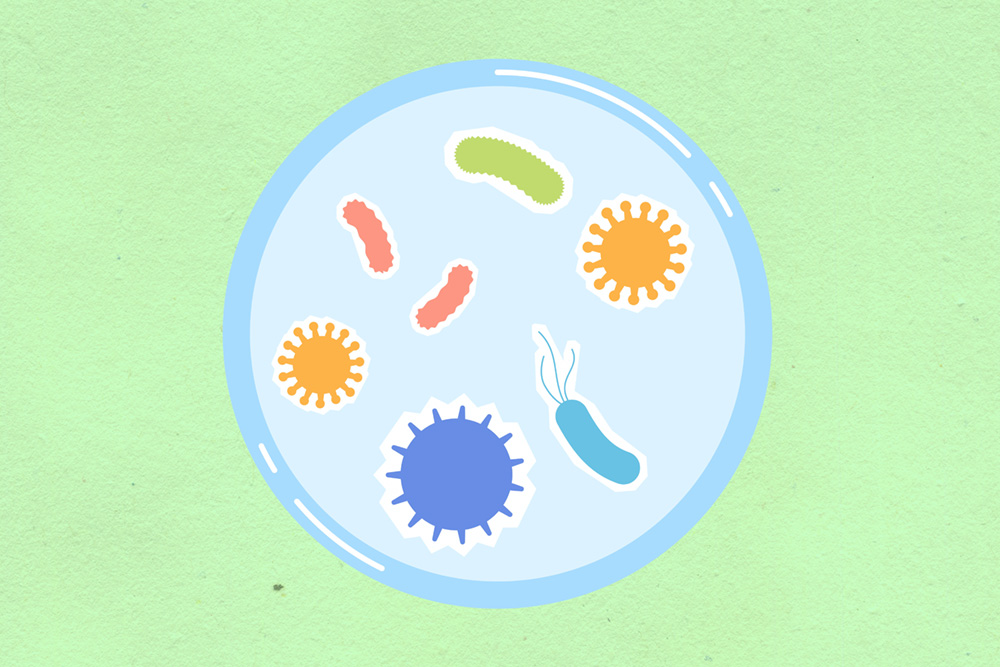
Manipulating a Specific Gene from Yeast Could Lead a New Approach to Combatting Drug Resistance
Stony Brook University via News-Medical – A recent study that shows manipulating and deleting a specific gene (AMN1) from yeast could provide a foundation for a new approach to combatting drug resistance when treating microbial infections or cancer. Led by Gábor Balázsi, PhD, of Stony Brook University, and published in Communications Biology, the study centers on disassembling cell clusters that can form an added barrier of drug resistance in the disease process.
Drug resistance is a major global health challenge. Knowing how microbial and cancer cells resist drugs can help with the development of better drugs to treat disease. While scientists have uncovered a great deal about individual molecular mechanisms of resistance, the problem of multicellular mechanisms that resist drug treatments is more difficult. One of these multicellular mechanisms of resistance is a phenomenon where cells say together forming clusters, which reduce drug uptake.
Balázsi and colleagues used a budding yeast (Saccharomyces cerevisiae) as an experimental model that exhibited antifungal drug resistance and cell clustering. They removed the AMN1 gene, which was responsible for cell clustering in this model.
“We found that after we deleted this gene, cells stayed alone and no multicellular clumps formed. Furthermore, the resulting unicellular yeast was more sensitive to four common antifungal chemicals. This suggests that disrupting multicellular clumps may lead to more effective treatments.”
Gábor Balázsi, lead author and the Henry Laufer Professor for the Louis and Beatrice Center for Physical & Quantitative Biology, and Professor in the Department of Biomedical Engineering at the Renaissance School of Medicine at Stony Brook University
The research team includes co-authors Lesia Guinn and Evan Lo, who performed experiments and developed mathematical models with Balázsi to quantitate the drug effects and to tease apart the various effects of the AMN1 deletion.
Overall, the findings suggest that AMN1 may be a future gene target for antifungal therapies against cluster-forming infectious fungi.
The authors suggest similar cluster-disruptive strategies could be developed and tested to better eliminate cluster-forming infectious microbes or circulating tumor cell clusters.
To read the original article click here.






